Best amp modelers 2025: rack-mounted and floorboard options for every budget
Want a bunch of amp sounds packed into one unit? Start your research with our pick of the best amp modelers for guitarists
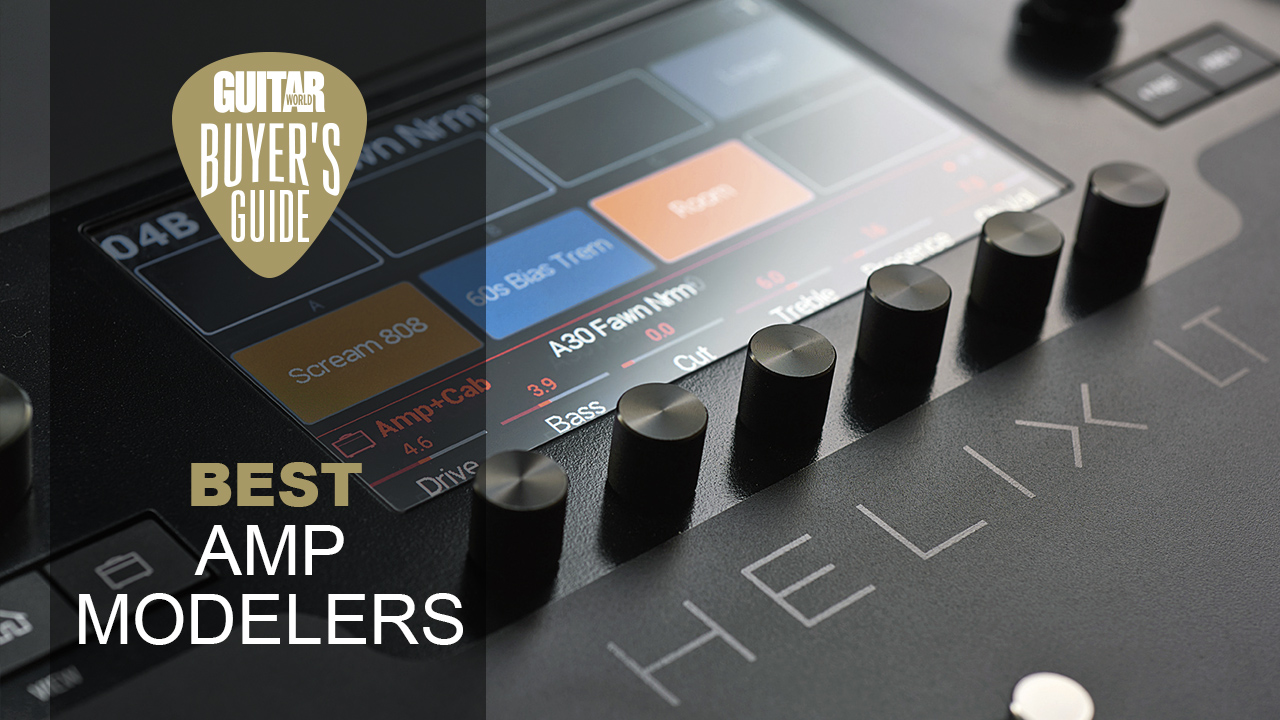
The sight of an endless wall of Marshall stacks on stage is becoming increasingly rare; instead many guitarists are choosing to arm themselves with one of the best amp modelers. They’re considerably more compact, quicker and easier to set up, most of them can be used as a recording interface and let’s be honest, the audience (and most players) can’t tell the difference in what they hear.
When talking about the best amp modelers for guitar, you might instantly think of the meme comparing modern units, like the Axe FX and Kemper to the likes of the Line 6 POD, but rest assured, technology has come a long way since then.
Amp modelers offer players pretty much the same feel, sound and response as their favourite tube amps. Not everyone is a convert to modeling technology, which is fine, but it’s certainly an avenue worth exploring if convenience is king for you.
Our top picks
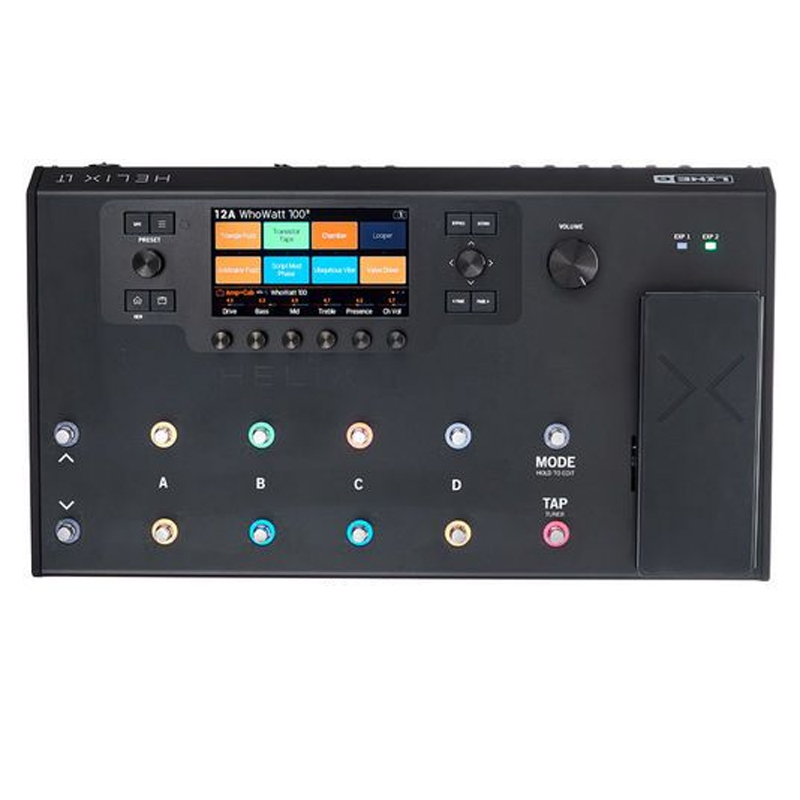
The Helix LT is the floorboard-only little brother of the full-fat Helix. It has the same dual-DSP architecture of the larger unit, but removes the scribble strips and slims down the input and output options, resulting in a leaner beast.
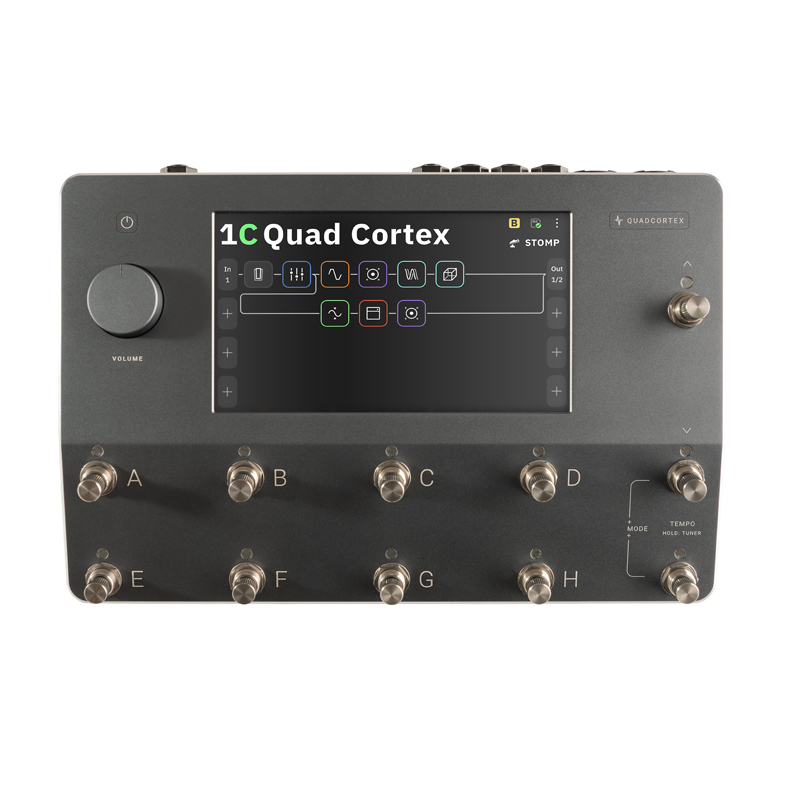
As Omar from the cult television series The Wire had it, "if you come at the King, you'd best not miss." The Quad Cortex is touted as an Axe-FX killer, and given that it's only about two-thirds the price of the flagship Axe-FX III, that's quite a claim.
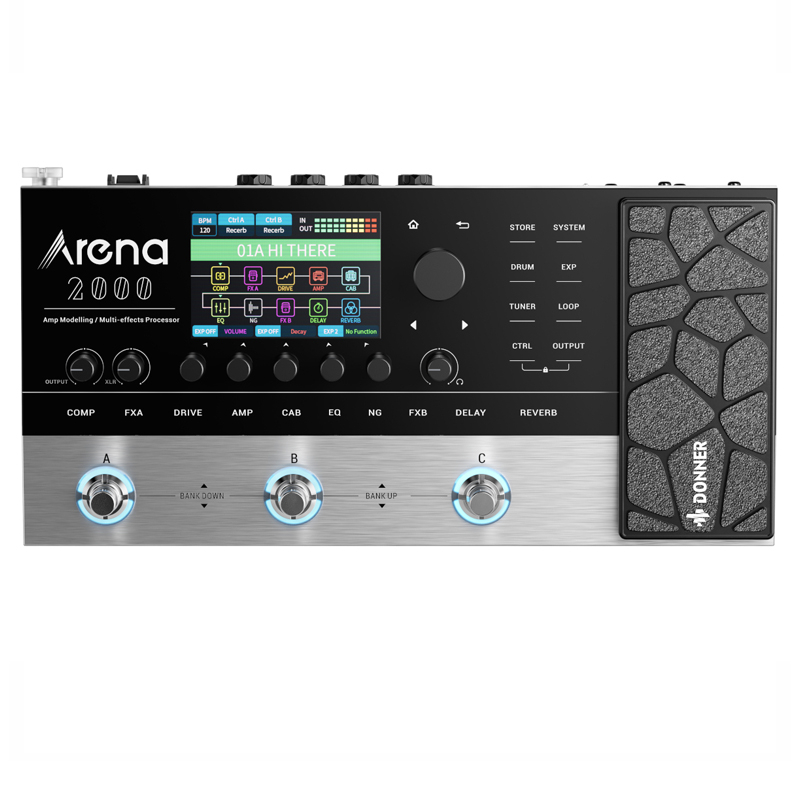
Donner are known for offering quality goods on a tight budget, and the Arena 2000 amp modeller does exactly that. It’s a great little unit, with 80 amp models programmed in – there’s no mistaking which amps the presets are emulating either, with names such as VX AC30 and FD Prince.
Best overall
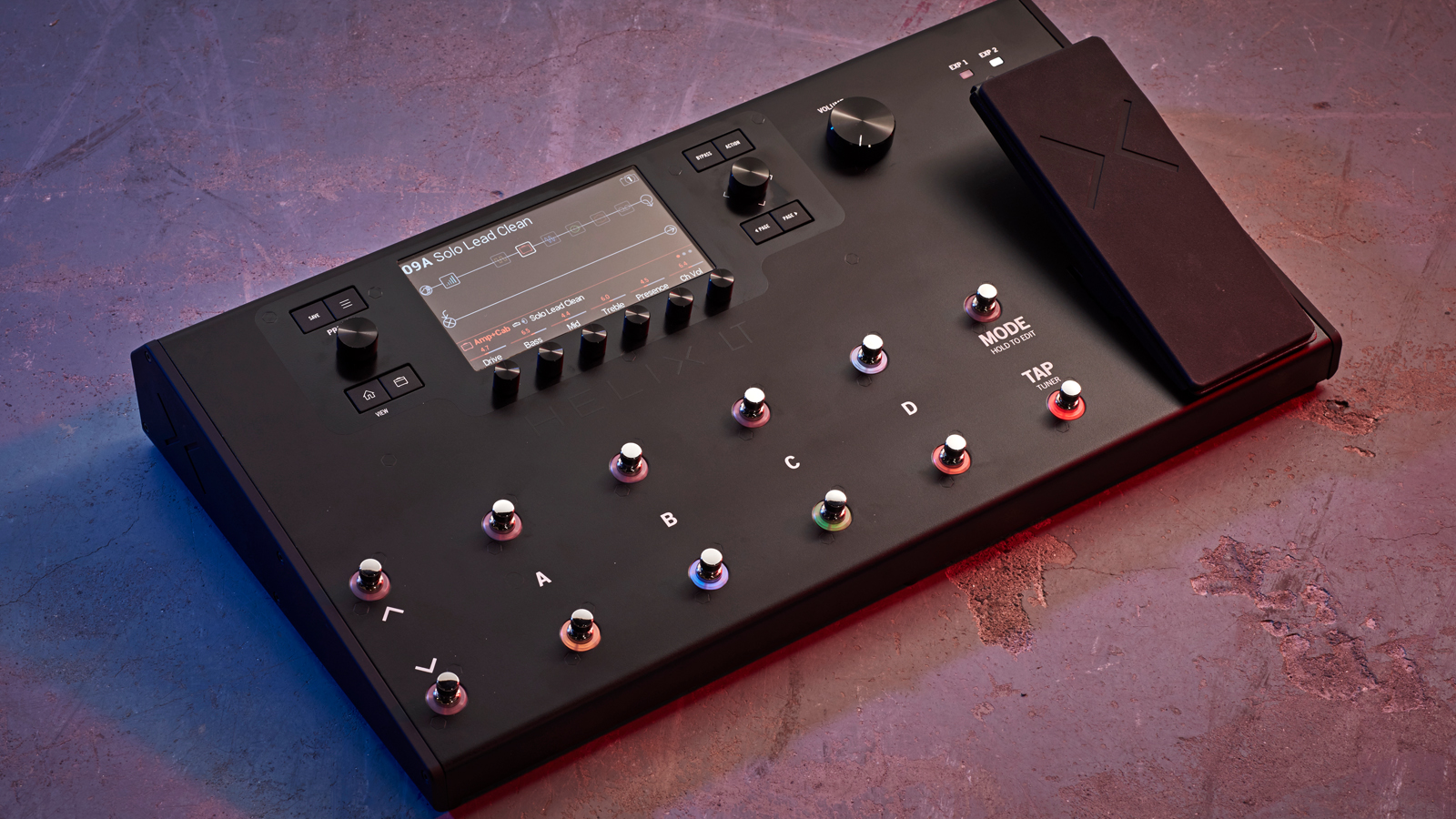
1. Line 6 Helix LT
Our expert review:
Specifications
Reasons to buy
Reasons to avoid
The Helix LT is the floorboard-only little brother of the full-fat Helix. It has the same dual-DSP architecture of the larger unit, but removes the scribble strips and slims down the input and output options, resulting in a leaner beast.
Luckily, these changes are unlikely to affect most players, and if you don't want a rack version or extensive MIDI and CV control, then we'd probably say this is not only the better choice for your needs, but also for your wallet.
Finally, for an extra hundred bucks, you can get the Helix Native plugin, which allows you to use Helix models directly in your DAW.
Best professional modeler
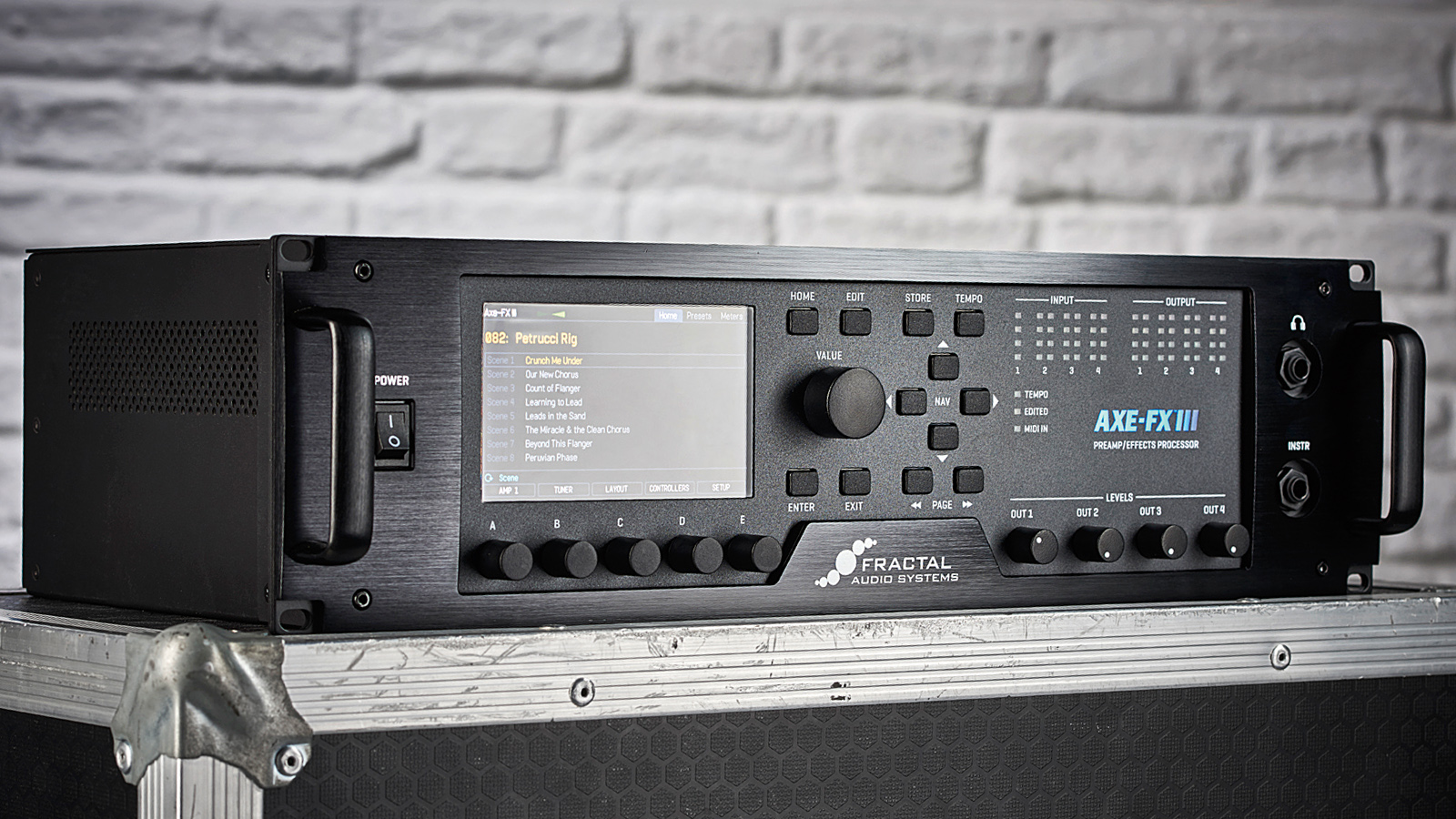
Specifications
Reasons to buy
Reasons to avoid
If you can afford it, the Axe-Fx is one of the best amp modelers you can buy. Not only does it have the best tones in the business, but it's got hundreds of them. Sure, the first Tesseract album was recorded largely with a Line 6 POD, but their signature sound is the Axe-Fx FAS Modern. Periphery, Coheed and Cambria and Devin Townsend you say? Yep, they’ve used Axe-Fx too.
The Axe-Fx III has an overhauled user interface that, unlike previous versions, can finally go toe-to-toe with the intuitive Line 6 Helix. Although we're only concerned with amp emulation here, the Axe-Fx has hundreds of brilliant effects as well as powerful, studio-grade EQ and gating options, so that's certainly worth considering, especially for recording.
Read the full Fractal Audio Axe-Fx III review
Best for amp sounds
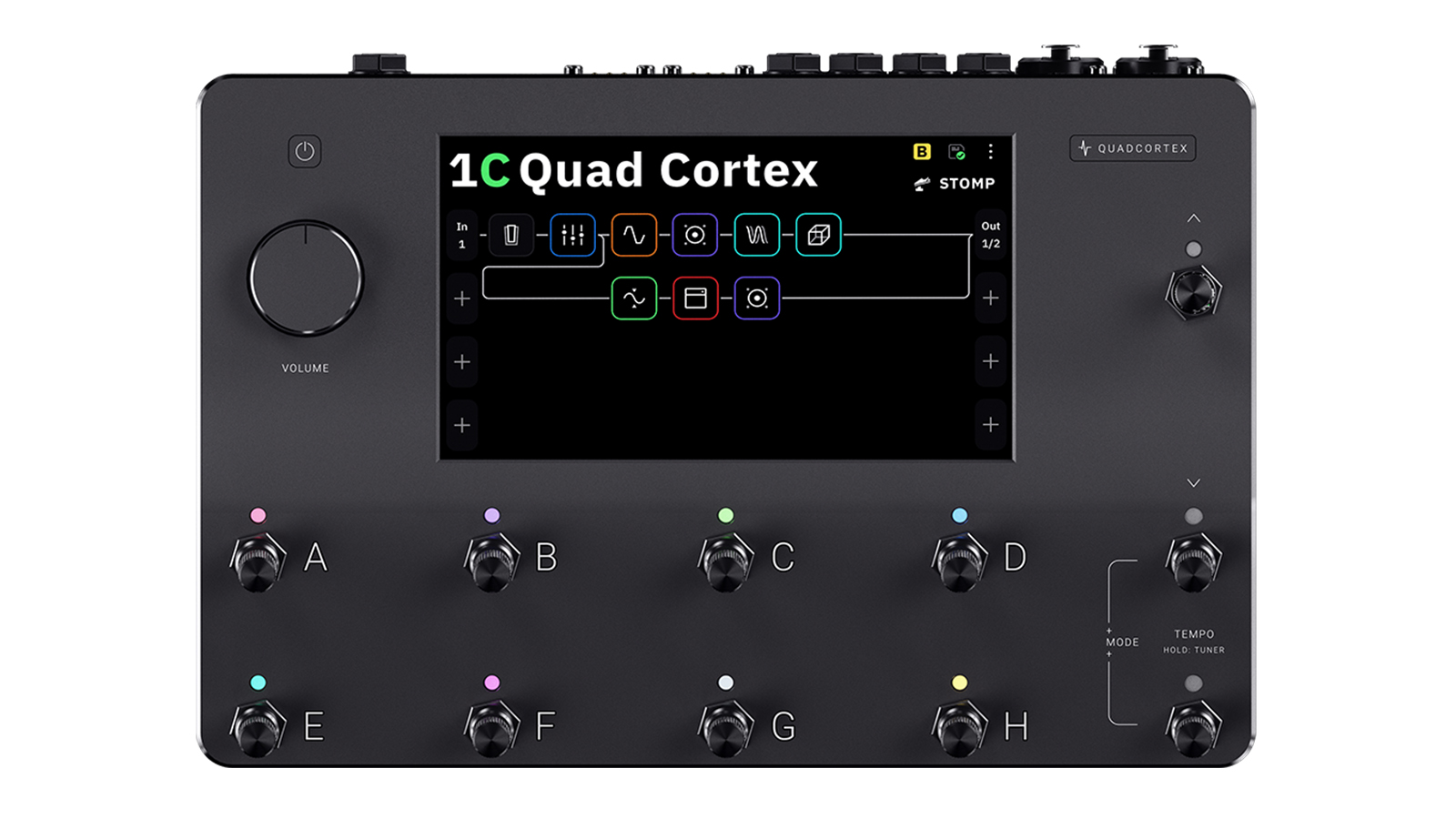
Specifications
Reasons to buy
Reasons to avoid
As Omar from the cult television series The Wire had it, "if you come at the King, you'd best not miss." The Quad Cortex is touted as an Axe-FX killer, and given that it's only about two-thirds the price of the flagship Axe-FX III, that's quite a claim.
In terms of sound, like the Axe-FX, it's impossible to tell it apart from a real amp. Where it has the edge is form factor, portability and the ergonomics of its touch screen. It's not the first modeller to sport a touch screen, but it is the first one to offer an experience comparable to other high-end consumer devices.
Another killer feature on paper is the ability to capture amps and pedals that you own. Again, like other products such as the BIAS amp suite, it's uncannily on the money. This feature does, however, require you to own or have access to the amp or pedal in the first place.
This neatly sets up the only drawback of the Cortex - that, however good they are, it ships with a fraction of the amp models of its main competitors. For extra expansion in the future, it does have Cortex Cloud, where you can download and share presets, but that's hardly a unique feature.
Read the full Neural DSP Quad Cortex review
Budget Line 6 option
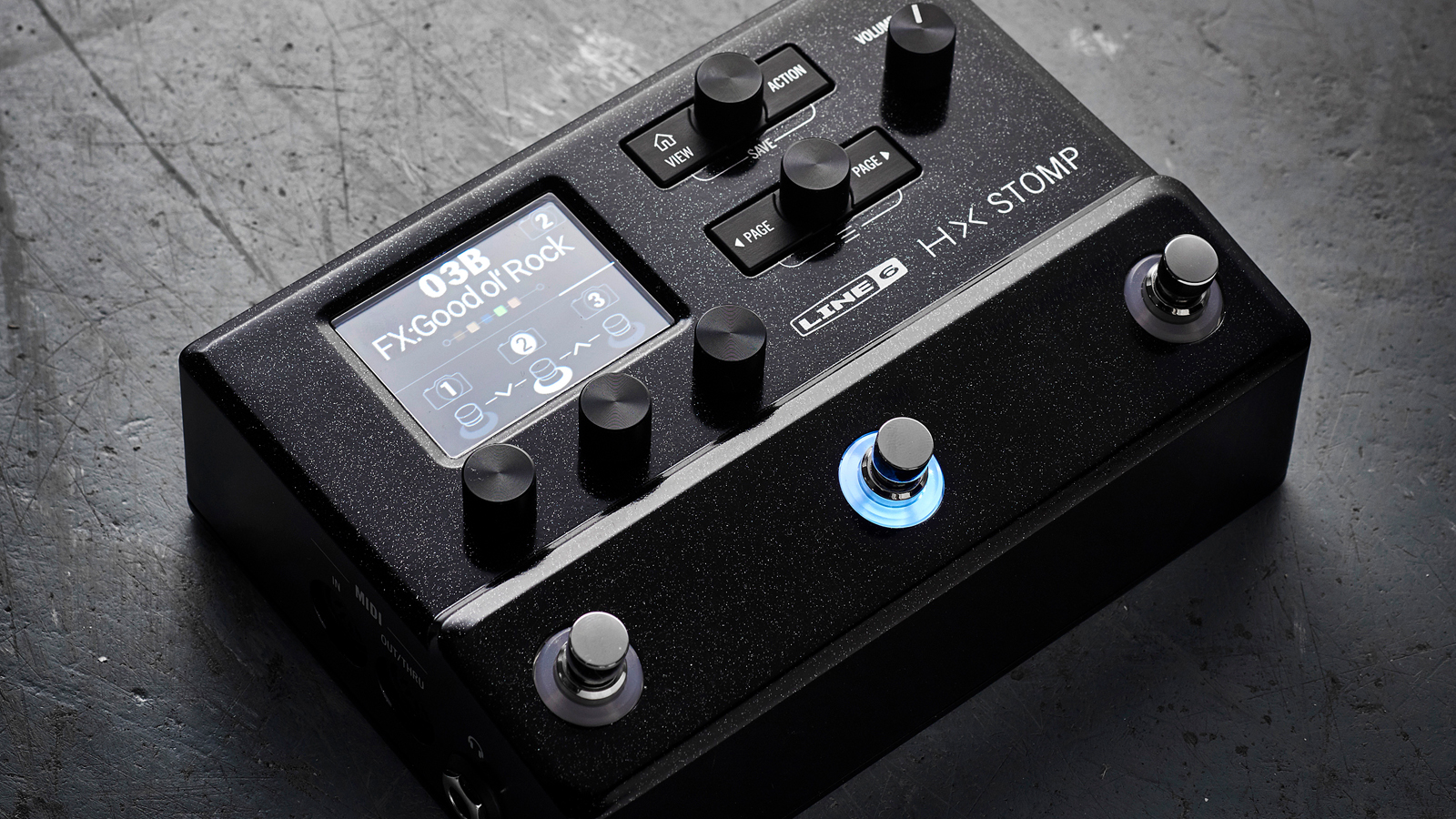
Specifications
Reasons to buy
Reasons to avoid
If you liked the idea of being able to run amp models and IRs but have a traditional pedalboard, then the Line 6 HX Stomp could be for you. It takes a scaled-down version of the Helix floorboard, and gives you a subset of its amps and effects, with the same intuitive controls.
As you'd expect, it doesn't have the processing power of the larger unit. This means you can't run patches of the same complexity. However, it's incredibly useful for adding additional, infrequently-used effects to your chain. This could really come into its own in a covers band, for example.
Meanwhile, the amp and cab models are the same excellent pedigree as the flagship models. This means that it's a great grab-and-go amp solution for smaller gigs, as well as a useful audio interface to use in a home studio setting.
Read the full Line 6 HX Stomp review
Best amp-style modeler
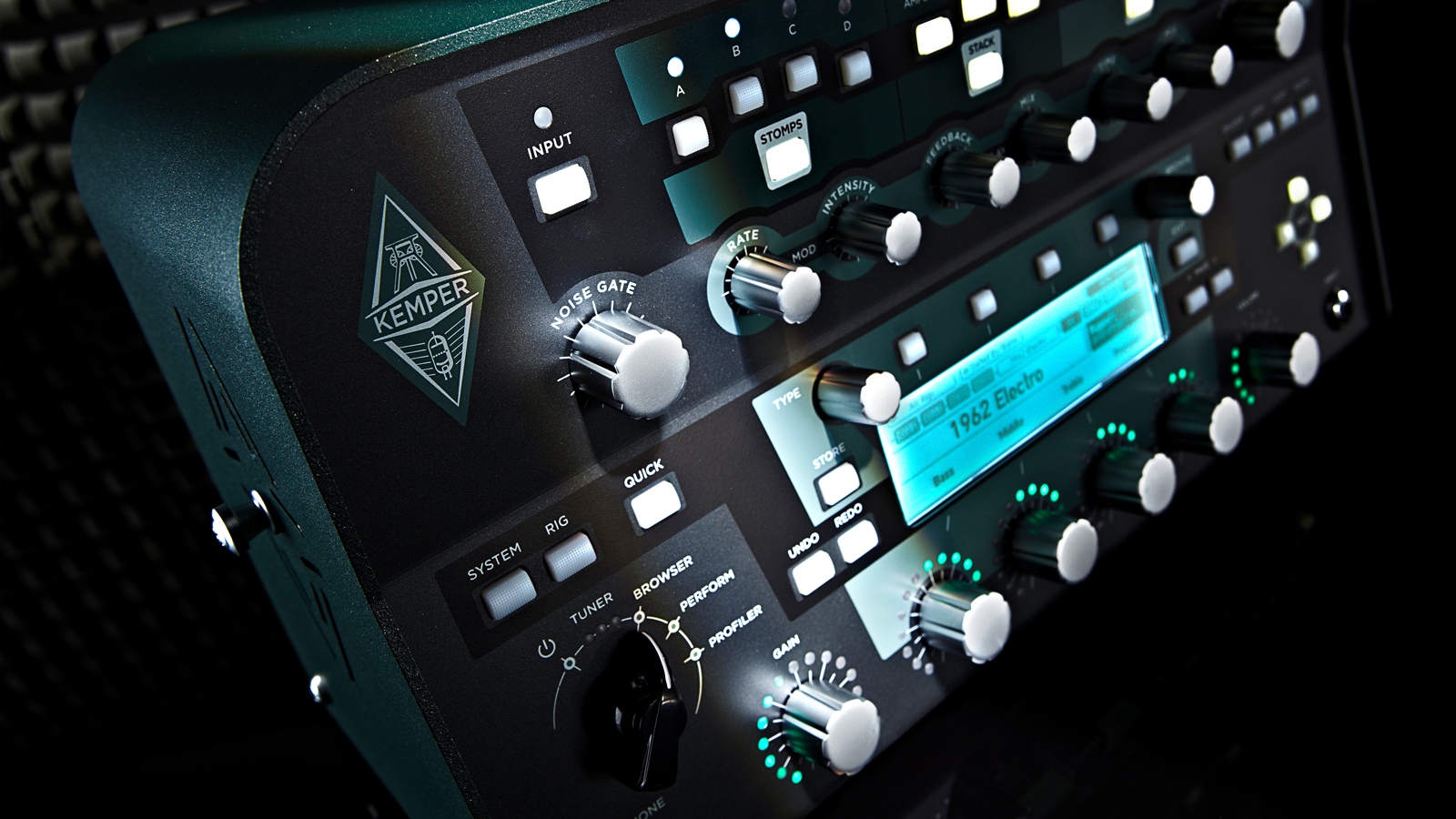
Specifications
Reasons to buy
Reasons to avoid
With a more amp-like front panel than many of its competitors, the Kemper is the best amp modeler for players who want to be eased into the simulation experience, hiding a huge amount of depth behind its simple user interface.
There's a rack version for those that want to use it in a studio or ship it in a rack, or a head version that comes with a power amp, so that a speaker cab can be attached. For both, there's the option of a floorboard.
For every band that's using the Axe-FX, there's a band that’s running Kempers. They're a core part of the live rig of bands like Biffy Clyro, and Tesseract switched from Axe-FX to Kemper for their most recent album Sonder, using a patch based on a custom-captured Diezel head.
Read the full Kemper Profiler review
Best Kemper for live use
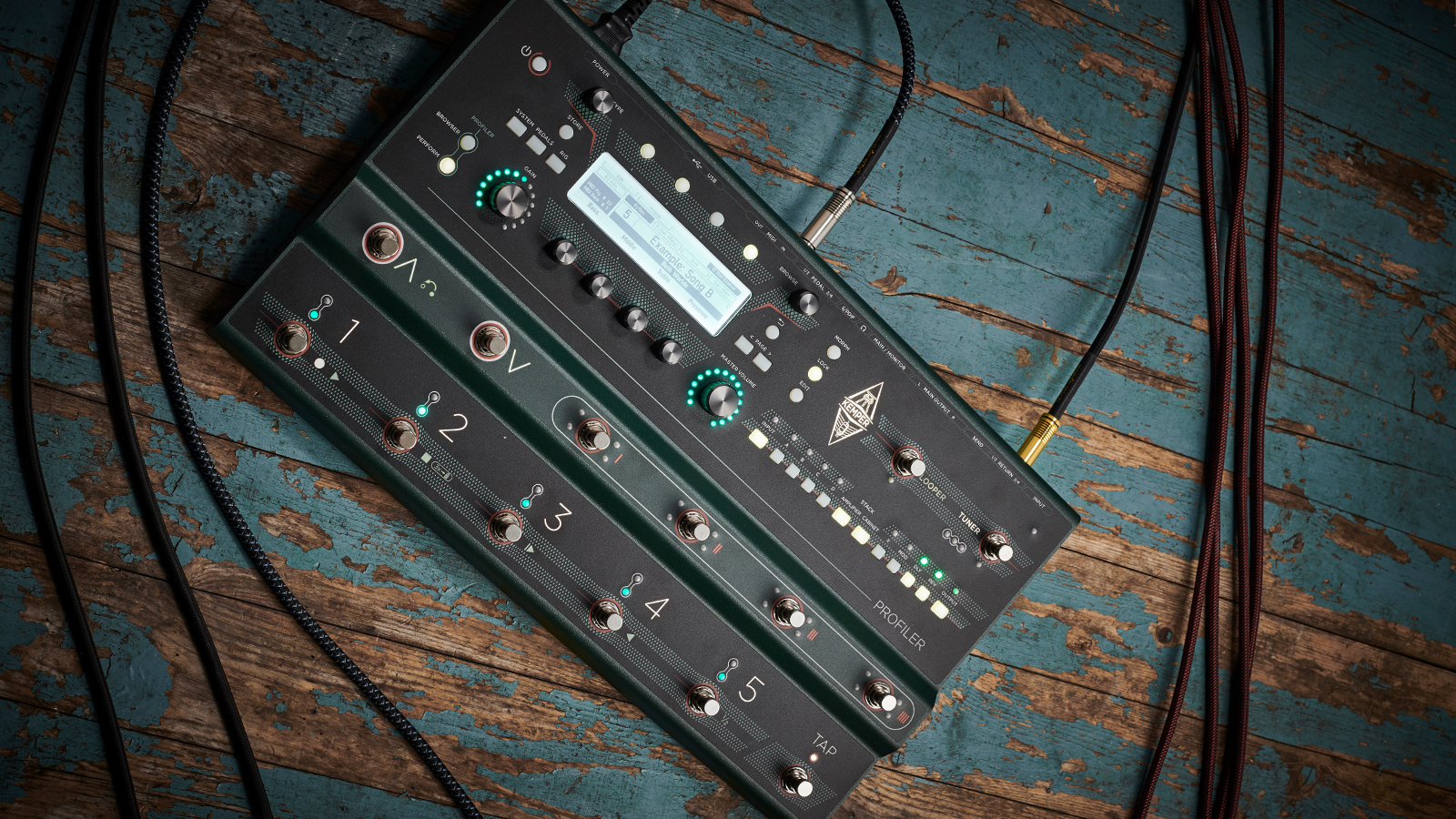
Specifications
Reasons to buy
Reasons to avoid
Given that it is capable of profiling an innumerable amount of vintage amplifiers and making them digitally available, and it costs less than buying a Profiler Head and Remote, the Kemper Profiler Stage could be marketed as the best value amp on the market. Or alternatively as the ultimate tool for the touring musician.
With Kemper’s profiling power in one compact pressed-steel enclosure, the Profiler Stage comes loaded with some 287 amp profiles and has a suite of onboard effects. It will take a bit of getting used to, some time to figure out which amps you’d like stored and where, and inevitably you will fall down the rabbit hole of experimentation and tweaking. But that is part of the Kemper experience.
At least Kemper’s OS7 software and Rig Manager makes accessing firmware updates, rigs and effects easy enough. The Profiler Stage weighs just 10lb and yet it can hold all the rigs you could ever need. There’s a reason why the pros love it.
Read the full Kemper Profiler Stage review
Best for expression

7. Line 6 Helix
Our expert review:
Specifications
Reasons to buy
Reasons to avoid
The Helix LT is probably more than enough for most players, but if you want to send CV or control a whopping three expression pedals, then the full-fat Helix could be the best amp modeler for you.
For the extra cash you get some additional affordances like scribble strips and additional inputs, though the DSP and software is the same. Crucially, the user interface is the best on the market right now, and that's why you'd buy the Helix over the Kemper or Axe-FX.
Alternatively, you can opt for the rack version if you have a studio or want the ability to neatly flight-case the unit, though you'll need to separately purchase the Helix Floor Controller if you want a floorboard to control it.
Best for reliability
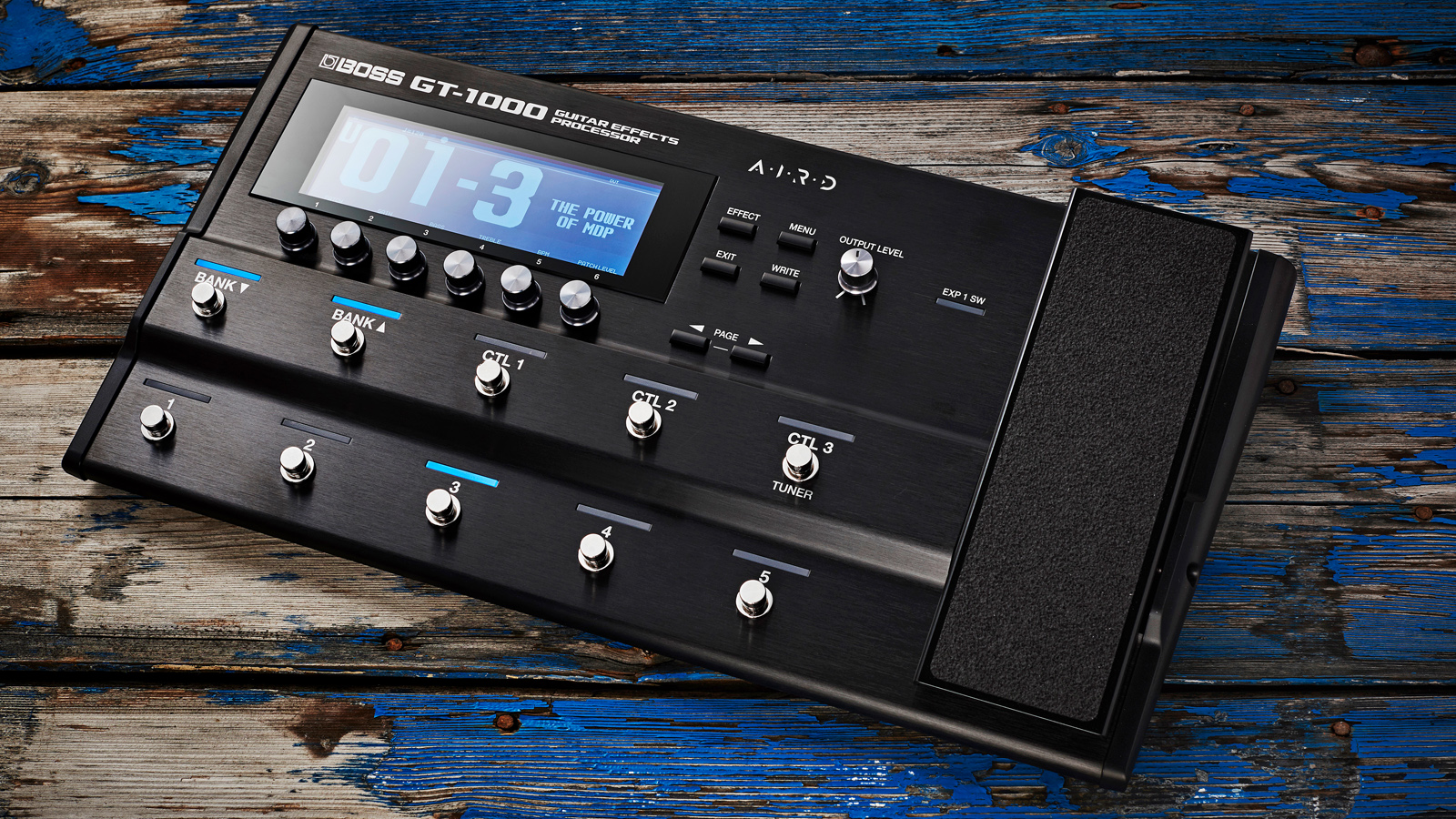
Specifications
Reasons to buy
Reasons to avoid
The Boss GT-1000 was the first floorboard modeler released by Roland following the Helix taking the fight to Axe-FX and Kemper. With a proprietary DSP and ports of effects from their flagship DD-500, MD-500 and RV-500 pedals, there's a lot going on under the hood.
The amp simulations are second-to-none, thanks to the Augmented Impulse Response Dynamics (AIRD) tech, which gives the impression of even more 'air' and harmonic richness than even the Headrush.
However, the user interface has not changed with the times, reminding us more of our old rack gear that, while powerful, required power-user level knowledge to edit and operate. The GT-1000 sounds fantastic, but many of its competitors on this best amp modeler list leave it in the dust in terms of usability.
Read the full Boss GT-1000 review
Best on a budget
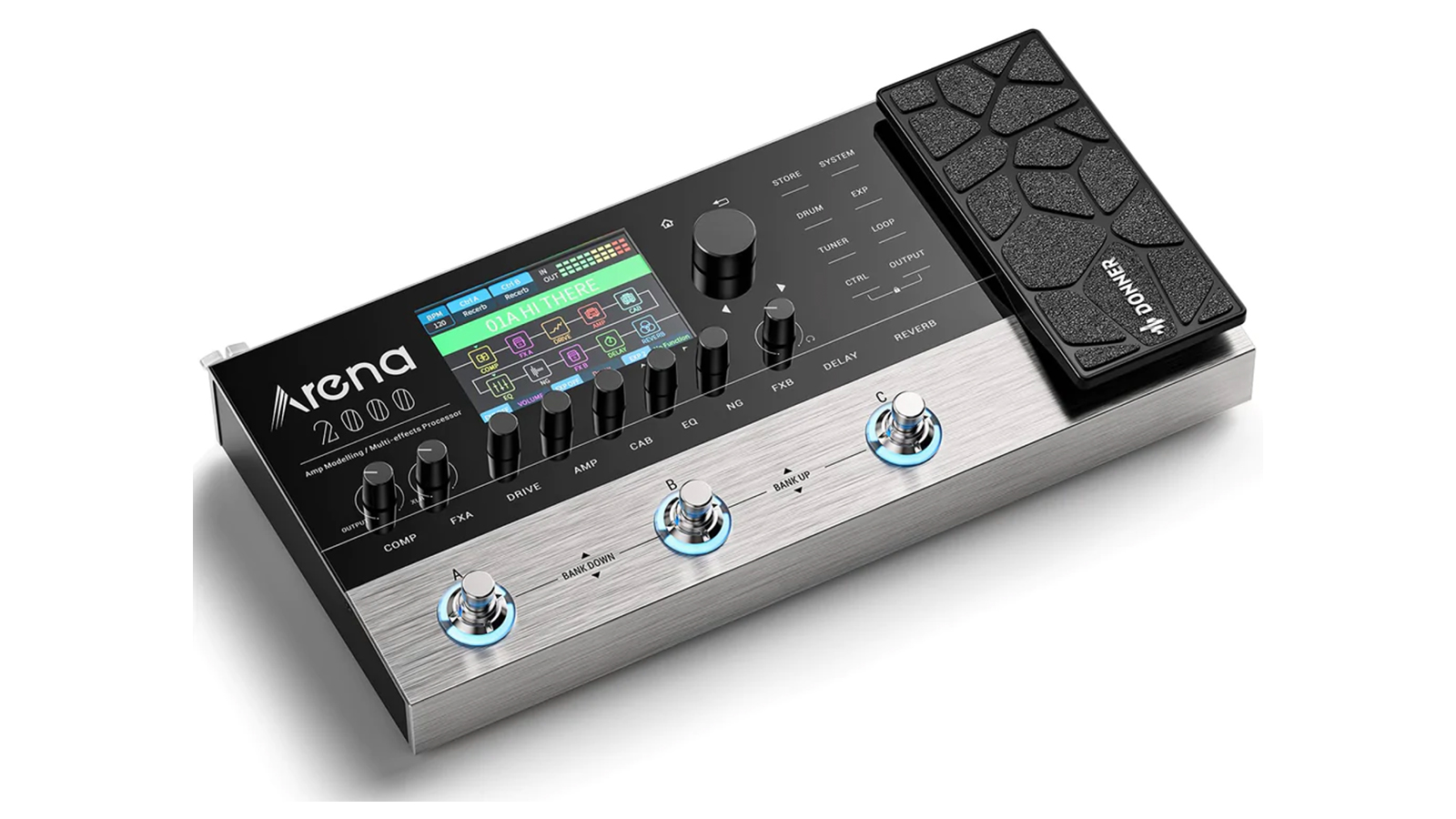
9. Donner Arena 2000
Our expert review:
Specifications
Reasons to buy
Reasons to avoid
Donner are known for offering quality goods on a tight budget, and the Arena 2000 amp modeller does exactly that. It’s a great little unit, with 80 amp models programmed in – there’s no mistaking which amps the presets are emulating either, with names such as VX AC30 and FD Prince. If you know your amps, then you’ll quickly recognize them, but if you don’t then it’s a good way of discovering what some of the classic models are all about.
The Donner Arena 2000 is good, but it doesn’t compare with the likes of the Kemper or the Helix, however, it comes in at a fraction of the price. It’s a great choice for beginners or players on a tighter budget. There’s a ton of effects – 278 in fact, as well as 50 IR models, plus the ability to load more in. Its three footswitches and expression pedal make it great as a live performance tool, as well as perfect for home use. The user interface might not be the easiest to navigate but you’ll get the hang of it after a little while.
Best amp modelers: Buying advice
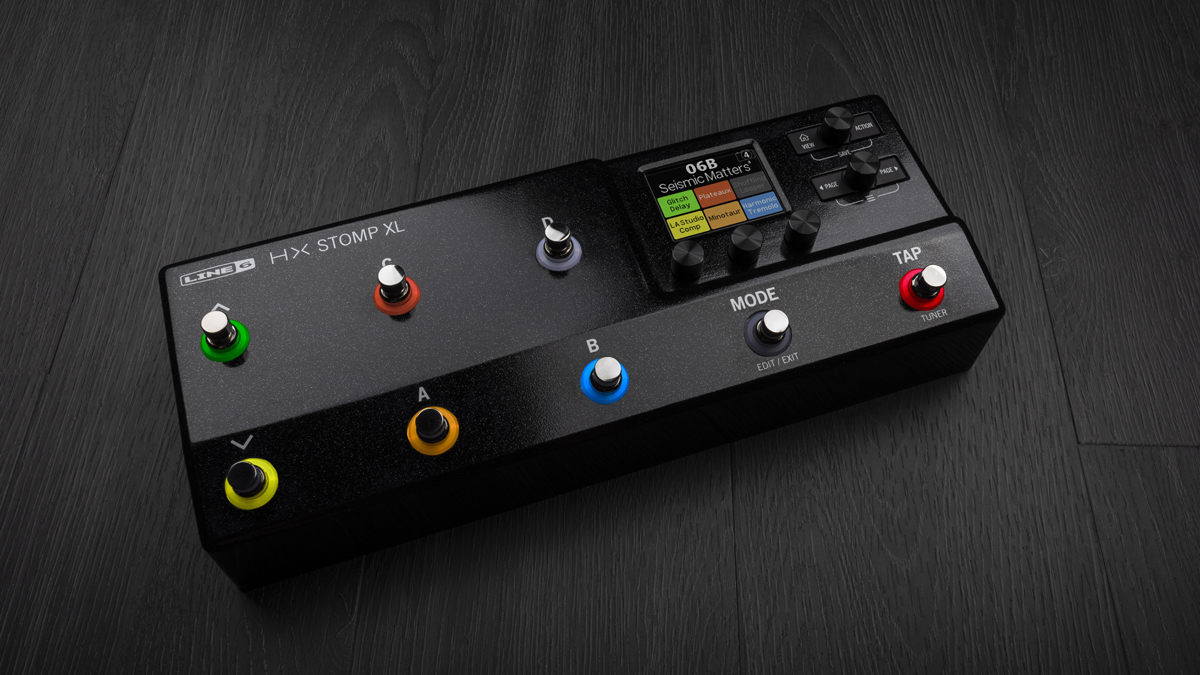
Are amp modelers the same as modeling amps?
Here, we’re talking about the best amp modelers, not the best modeling amps. There are certainly similarities ie. they both strive to replicate the sound of other amps, and allow for a variety of different tones, but you’ll find that these standalone modeling units tend to have a lot more going on under the hood. They usually offer more amp models, more effects, and you can usually delve deeper into tweaking various parameters.
When we talk about a digital modeling amp, we are referring to the likes of the Boss Katana, Positive Grid Spark, or Line 6 Spider, which also have the speaker section built into them, whereas these require an external speaker of some kind (cabinet, PA, monitors etc).
User Interface
You can trust Guitar World
When picking the right amp modeler for you, look at the interface. When you talk to users of the Kemper, Quad Cortex, Helix etc, you’ll find that a lot of them opted for their unit based on how you get to the different sounds, not the actual sounds themselves (as they’re all very good). Are you better scrolling menus, using a touch screen or old-school buttons? These modelers are capable of some powerful things, so make sure you’re comfortable navigating it to get the most from your cash.
Sounds
This list of the best amp modelers contains some high end units. The Helix, QC, Kemper and Axe FX all sound incredible. You’ll likely find that a massive portion of modern music is recorded using one of these pieces of gear. They can all nail different tones very well - cleans, overdriven crunch, high gain sounds - everything. You can also customize the sounds to your exact liking, with lots of different amps, cabs, virtual mics and effects to choose from.
These usually come with a hefty price tag that isn’t realistic for everyone. More budget modelers are available and offer guitarists some amazing sounds for all kinds of music for less. They might not compare as favorably to the big boys, but you can still get access to dozens of amps and effects, usually packed within a recording interface.
Will you be using an amp modeler live or in the studio (or both)?
Think about when and where you’ll be using your amp modeler. If you’re after something mostly for live use, then a unit with footswitches built in will likely be useful. This allows you to change between various different amp models or presets quickly and easily. Something like the toaster style Kemper or rack-mount Helix is less suited to live use (unless you buy the separate floor pedal); instead it’s more of a studio tool.
Should you go powered or unpowered?
If you’re investing in one of the best amp modelers for guitar, then you’re going to want to hear it. If you’re using it for recording, then you’ll probably use it through an interface, or in place of one and hear the results through your monitor speakers. If you’re planning on using it alongside a speaker cab, then you’ll need one that’s powered.
Powered modelers do exist – there’s a powered Kemper, for example, but most are passive so you’ll either need a powered speaker (check out our list of the best FRFR speakers for exactly that purpose here), or you’ll need some kind of external power amp, like the Orange Pedal Baby or the Seymour Duncan PowerStage to hear it through regular cab.
Technical considerations
Next, you'll need to pay careful consideration to the technical specifications of the unit. The resolution of the DSP audio engine, latency and the number of inputs and outputs are key elements that you must think about before you make a purchase.
If you want to play live, probably the most important consideration is whether it has a power amp built-in or not. Most of these units will use their digital modeler as a preamp, like the pre- in a traditional guitar amp. However, if they don't have a power amp – like the power tubes in a tube amp head – then it won't be able to drive a speaker, and you'll need to buy a separate power amp or use a powered speaker - check out our guide to the best FRFR speakers if you want to know about this topic.
Most modern units also allow you to share tones and presets on the internet and many allow you to load new IRs.
How we choose products
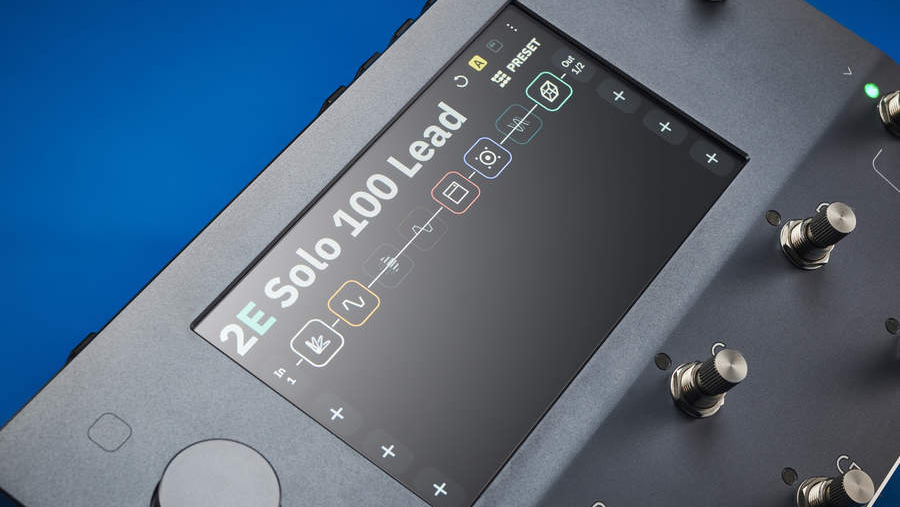
Here at Guitar World, we are experts in our field, with many years of playing and product testing between us. We live and breathe everything guitar and bass-related, and we draw on this knowledge and experience of using products in live, recording and rehearsal scenarios when selecting the products for our guides.
When choosing what we believe to be the best amp modelers available right now, we combine our hands-on experience, user reviews and testimonies and engage in lengthy discussions with our editorial colleagues to reach a consensus about the top products in any given category.
First and foremost, we are guitarists, and we want other players to find the right product for them. So we take into careful consideration everything from budget to feature set, ease of use and durability to come up with a list of what we can safely say are the best amp modelers on the market right now.
Read more about our rating system, how we choose the gear we feature, and exactly how we test each product.
Related buyer's guides
- These are the best multi-effects pedals right now
- Check out the best Tube Screamer clones
- Or spend a bit more on the best guitar amps under $1,000
- The skull-crushing best metal guitars on the planet
- Seek and destroy with the best amps for metal
- Looking for a cheap amp? Try the best budget guitar amps under $500
- Freedom on a budget: the best cheap wireless guitar systems
- Get shredding with the best Jackson guitars
Get The Pick Newsletter
All the latest guitar news, interviews, lessons, reviews, deals and more, direct to your inbox!
Alex Lynham is a gear obsessive who's been collecting and building modern and vintage equipment since he got his first Saturday job. Besides reviewing countless pedals for Total Guitar, he's written guides on how to build your first pedal, how to build a tube amp from a kit, and briefly went viral when he released a glitch delay pedal, the Atom Smasher.
“Our answer to everything players have asked for and more”: Neural DSP’s Nano Cortex had one major drawback – but now it’s been addressed with a huge free firmware update that takes on Kemper and TONEX
“If you’re a young guitar player, that’s money well spent”: John Mayer names the pedal he thinks every young guitar player should consider buying











